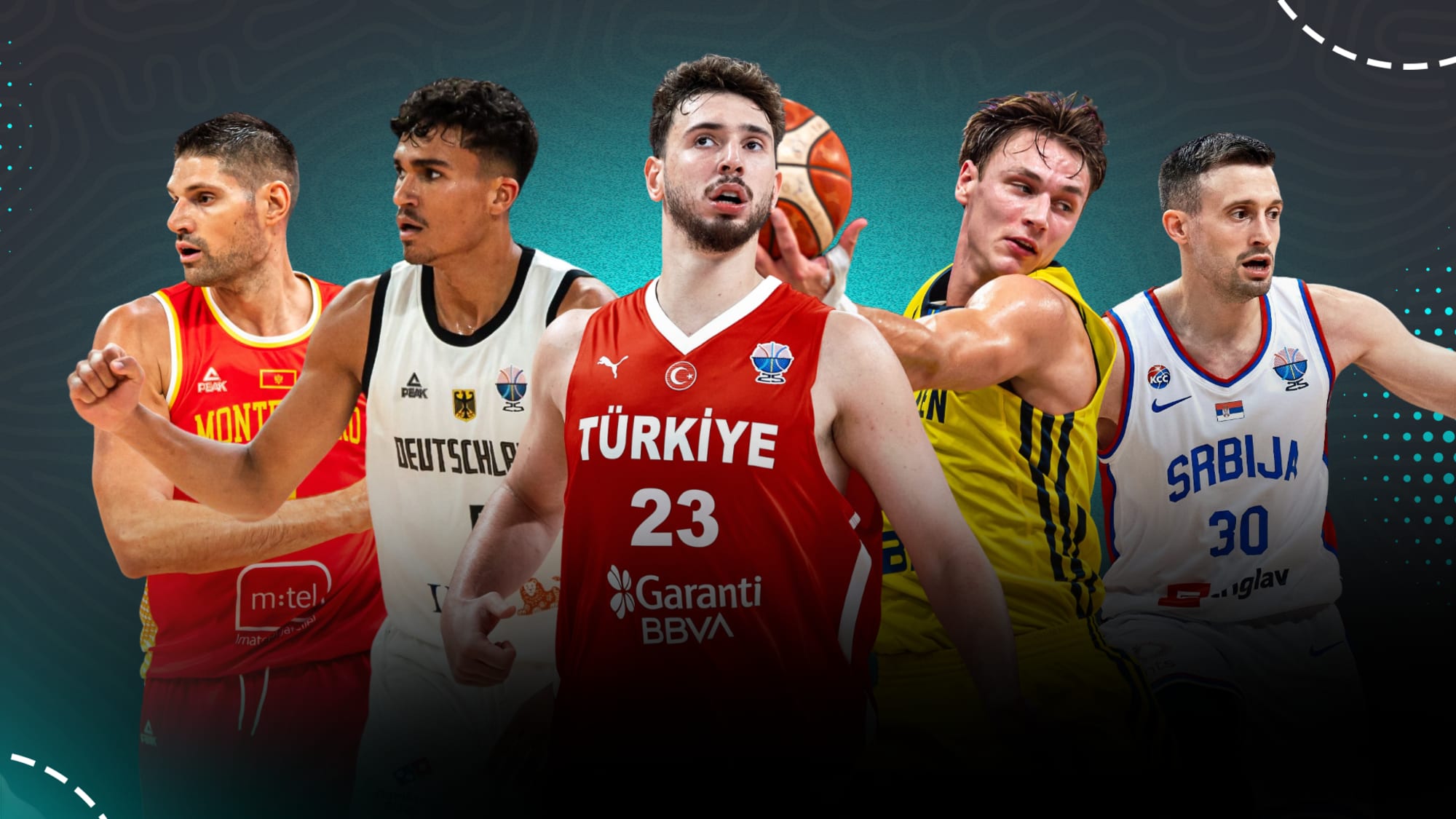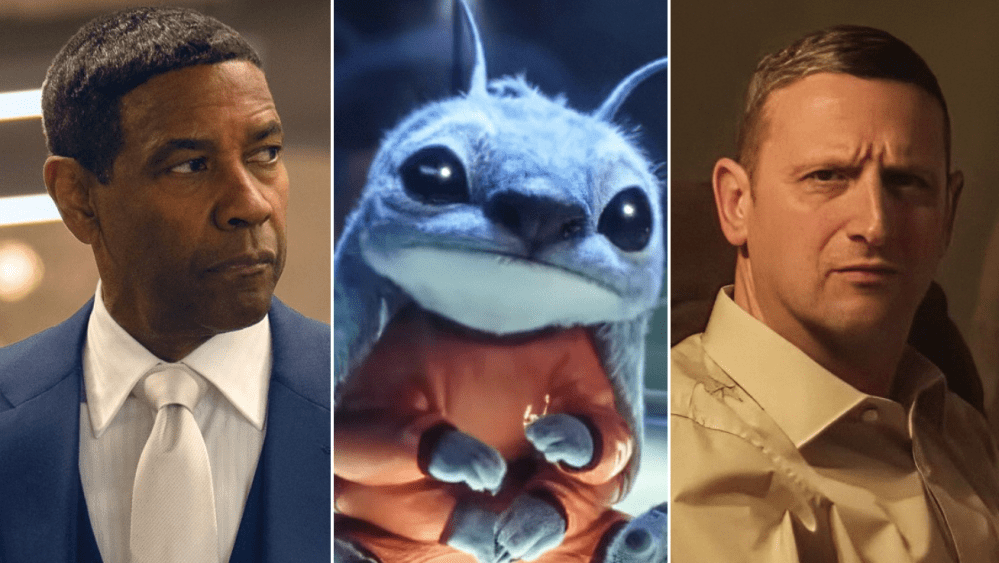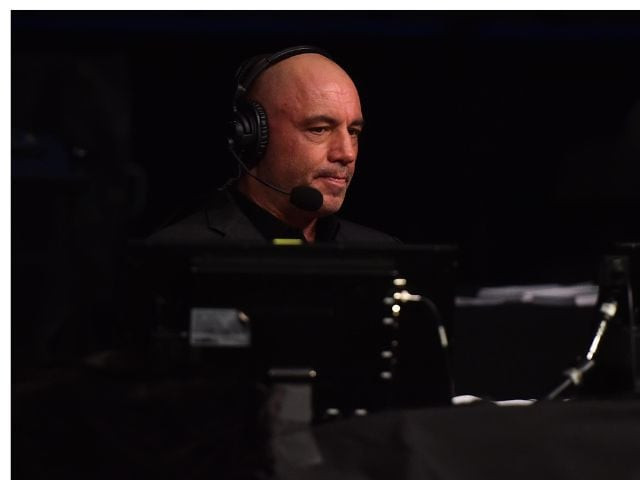A UK study finds that children breastfed at six months show measurable gains in IQ, reading, and math skills, with unique benefits for language and conversation.
Study: Differences in Neurocognitive Development Between Children Who Had Had No Breast Milk and Those Who Had Had Breast Milk for at Least 6 Months. Image Credit: fizkes / Shutterstock
In a recent article in the journal Nutrients, researchers at the University of Bristol, UK, examined the associations between breastfeeding at six months of age and a wide range of neurocognitive outcomes until late adolescence.
Their findings suggest that, despite demographic and social influences, more than 40 outcomes, including better academic skills, higher intelligence quotient (IQ) scores, and improved speech skills, may be associated with breastfeeding.
Background
Previous studies have explored the impact of breastfeeding on children’s cognitive and behavioral development; however, the results have been inconsistent. Some studies have shown clear benefits, while others have reported mixed or no effects, often due to limited sample sizes or variations in measurement tools.
One of the strongest pieces of evidence comes from a randomized controlled trial (RCT) in Belarus, which demonstrated better verbal IQ, vocabulary, writing, and reading skills in children whose mothers received breastfeeding support, with improvements persisting into adolescence. However, no behavioral differences were noted between the intervention and control groups.
Systematic reviews largely support a positive association between breastfeeding and IQ, and some extend this to executive function, cognition, and behavior; however, the effects are typically minor. Analyses comparing breastfeeding durations suggest that breastfeeding beyond 6 months provides additional benefits. Larger observational studies also point to wider effects.
For example, Scottish data on 177,000 children found lower risks of learning difficulties among breastfed children, while Japanese and Australian cohorts reported reduced developmental delays and enhanced language and intelligence outcomes.
However, despite consistent findings for IQ, there has been limited exploration of other neurocognitive consequences that rely on large datasets.
About the study
The study used data from the Avon Longitudinal Study of Parents and Children (ALSPAC), which recruited over 14,500 pregnant women in the UK. Mothers and partners completed questionnaires during pregnancy and after birth, providing data on infant feeding and background characteristics.
Breastfeeding status was assessed at 4 weeks, 6 months, and 15 months. For this analysis, breastfeeding at six months was the main exposure, without distinguishing between exclusive and partial breastfeeding.
Several confounders were included to account for social and demographic influences, specifically maternal and paternal education, maternal age at birth, birth order, housing tenure, delivery mode, and maternal smoking during pregnancy. These factors are known to influence both breastfeeding practices and child outcomes.
Neurocognitive outcomes were assessed through 373 continuous measures collected from infancy through adolescence via parent, teacher, and self-reports, as well as direct testing by ALSPAC staff.
Multivariable linear regression was used to adjust for confounders. Missing data were not imputed due to the likelihood of non-random patterns, with some outcomes showing up to 62% missingness (e.g., IQ at age 15 years). Researchers applied a two-stage statistical screening process, requiring an initial unadjusted p<0.0001 and then an adjusted p<0.001 threshold for results to be considered significant.
Key findings
Of the 11,337 mothers who responded at six months, 28.7% were still breastfeeding, 24.4% had never breastfed, and 46.9% had stopped before six months. Analyses focused on children who were breastfed at 6 months compared with those who were never breastfed; children who stopped breastfeeding before six months were excluded. Out of 373 neurocognitive measures, 42 outcomes showed significant adjusted associations.
Early development tests indicated few lasting differences, with fine motor skills at ages 30 and 42 months being the only preschool traits strongly associated with breastfeeding. IQ consistently showed positive effects, as children breastfed for six months scored higher on verbal, performance, and total IQ at ages 8 and 15, with mean gains of approximately 4.1 to 5.1 IQ points.
Reading ability also showed robust associations across multiple measures, including national assessments, while spelling associations were weaker. Language outcomes were mixed, but significant improvements were observed in pragmatic conversational skills at age nine, as measured by the Children’s Communication Checklist (CCC).
Breastfed children performed better in mathematics on both teacher and national assessments, but similar associations for science did not reach the strict significance threshold (p<0.001).
Behavioural benefits were limited, though breastfed children showed reduced hyperactivity and lower activity levels in preschool years. Additional findings included a higher likelihood of right-handedness and a more internal locus of control at age eight.
Conclusions
This study found that breastfeeding for six months was linked to higher IQ, improved reading and math performance, stronger fine motor skills, and better conversational abilities, with weaker associations for behaviour and personality traits.
Notably, pragmatic speech improvements at age nine emerged as a novel finding. Results largely align with previous trials and reviews, reinforcing the intellectual benefits of breastfeeding.
Strengths include the population-based design, objective teacher and test data, and adjustment for multiple confounders, including both parents’ education. Recording feeding at six months minimized recall bias.
However, limitations include attrition, a predominantly White European cohort that limits generalizability, reliance on continuous outcomes only, and the possibility that stringent statistical thresholds (p < 0.0001 followed by p < 0.001) may have obscured some real associations.
In conclusion, breastfeeding for six months was consistently associated with long-term cognitive advantages in this cohort, without evidence of harm. While causality cannot be confirmed, the findings support the promotion of breastfeeding as beneficial for children’s neurocognitive development.
Journal reference:
- Differences in Neurocognitive Development Between Children Who Had Had No Breast Milk and Those Who Had Had Breast Milk for at Least 6 Months. Goulding, N., Northstone, K., Taylor, C.M., Emmett, P., Iles-Caven, Y., Gregory, J., Gregory, S., Golding, J. Nutrients (2025). DOI: 10.3390/nu17172847, https://www.mdpi.com/2072-6643/17/17/2847




































